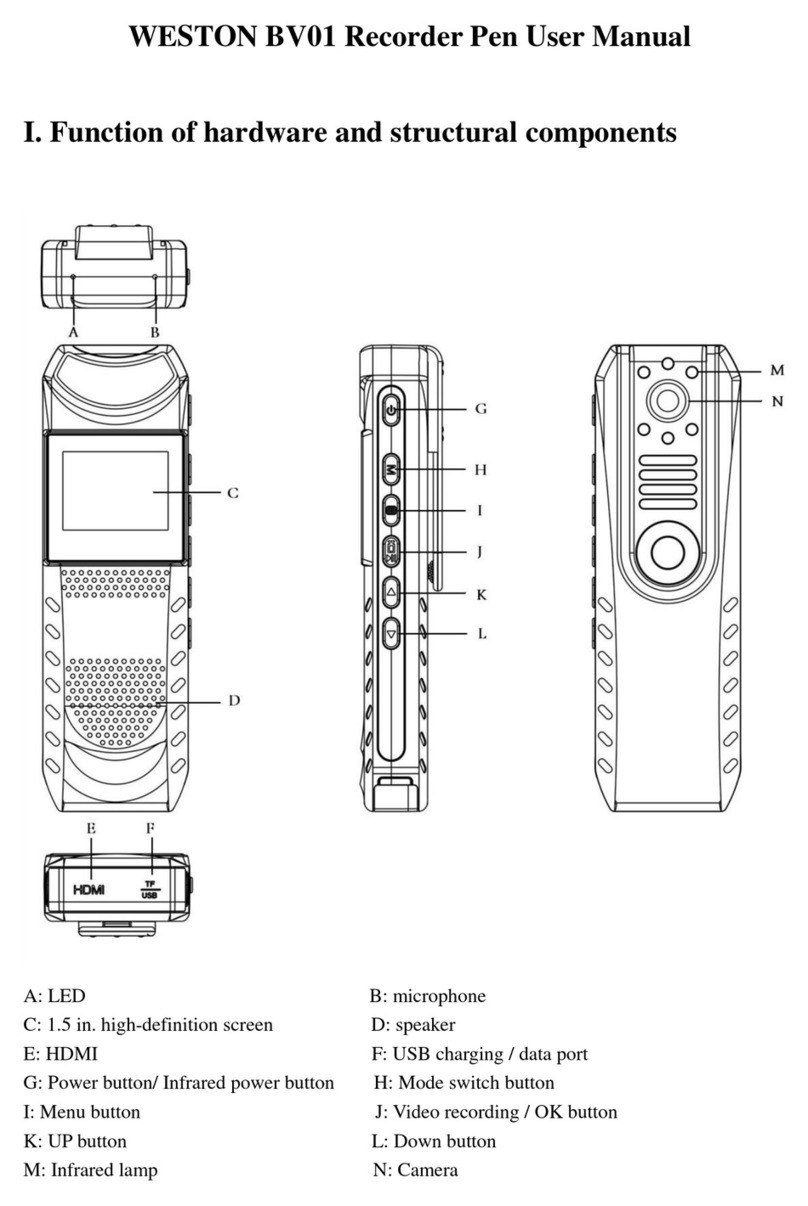
INSTRUCTIONSFOR MODEL 686- TYPE lOA
TRUE MUTUAL CONDUCTANCE VACUUM TUBE ANALYZER
GENERALDESCRIPTION
The Model 686 is a complete direct reading True
Mutual Conductance Vacuum Tube Analyzer de-
signed to operate from any 105 to 125 or 230 volt
50-60 cycle outlet. It has eight mutual conductance
ranges with full scale readings of 300, 600, 1500 and
3,000 micromhos and also 3,000, 6,000, 15,000 and
30,000 micromhos. Instruments are provided for ac-
curately measuring all electrode voltages and for
reading electrode currents including minute grid
currents.
Internal power supplies and a signal source provide
all necessary potentials to panel controls, wherein
adjustments can be made in accordance with meter
readings. Tube sockets for all commercial type re-
ceiving tubes are mounted on a removable socket
panel across the top front section of the equipment.
These in turn connect through short-test switches to
patch cord jacks which are marked with R.M.A. pin
numbers and are used with patch cords for any or
all electrode connections. Thus with complete con-
nector flexibility and complete voltage control, all
kinds of static characteristics can be plotted, in addi-
tion to the measurement of Gillunder any or all ap-
plied potential conditions.
DETAILEDDESCRIPTIONOF EQUIPMENT
THEG./IIMETER:The fan shaped instrument in the top
center of the main panel is the Gillmeter. The scale
is calibrated in two arcs reading zero to fifteen and
zero to thirty and sixty. This meter operates with
two multiplier switches marked "GM RANGE" and
"GM Factor".
The Gill Range switch is used for selecting the
300,600, 1500, or 3,000 micromhos range as required,
with corresponding grid signal voltages of 1.0, 0.5,
0.2, and 0.1 volts respectively. The GIllFactor switch
is used to extend the ranges by a factor of ten times
so that ranges of 3,000, 6,000, 15,000 and 30,000 are
also available.
On low mu tubes with low plate resistance, the
meter resistance is a reasonable part of the total tube
and tube tester plate circuit impedance; measure-
ments on these tubes would be in error unless .this
was taken into consideration. The compensation is
made automatically for all tubes having a plate
resistance above 250 ohms.
On high mu tubes the peak value of the grid signal
.voltage should be kept smaller than the dc grid bias
voltage to prevent direct grid conduction. On tubes
having sharply curved characteristics the grid signal
should be kept small to avoid second-order effects.
The low signal voltages available make it possible
to measure all low bias tubes operated and tested
as Class A amplifiers.
It is advisable for the operator to select the low-
est grid signal voltage that will render reasonable
pointer deflection when testing all low bias high mu
tubes.
Note that a 3,000 micromho range is available with
either a 1 volt signal or a 0.1 volt signal. Use the
0.1 volt signal for low bias high mu tubes. The 1 volt
signal is useful for tubes having a-c operated filia-
mentary cathodes, where it is desirable to increase
the signal voltage to minimize hum effects.
The a-c grid signal voltage is calibrated on the
Gill meter to eliminate possible errors due to temper-
ature and amplifier gain. If the instrument is reading
the a-c plate current component 2% low because of
these effects, it will likewise require a signal voltage
2% higher in value to bring the meter to top mark
on Signal Calibrate. Since the signal voltage is
higher, the GIll indication will also be higher and
hence compensation is obtained.
GRIDCURRENTMETER:A two range microammeter
for grid current readings is mounted to the left of the
Gill meter. This instrument has a range of 15-0-15
microamperes. Readings down to and including one-
half microampere are easily read. The meter is nor-
mally shunted to 1500-0-1500 microamperes and is
switched to the low range by manipulation of a mo-
mentary toggle switch located to the right of the
meter.
The meter is a zero center instrument to indicate
any or all components of grid current resulting from
gas, leakage resistance, or secondary emission. Grid
current readings are especially important in segre-
gating defective power tubes such as the type 6L6
where a limit of 3 microamperes is specified.
In taking grid current readings, the operator will
note that there is a red line on each side of the cen-
ter scale zero mark. This red line indicates 15micro-
.,
amperes on the 1500 microampere range. If the
pointer does not deflect beyond the red line after the
tube is heated, then the Microamperes switch can be
shifted to the 15 microampere position, and readings
taken on this low range. The instrument is in series
with the control grid patch cord jack at all times and,
therefore, will indicate grid current under all operat-
ing conditions.
-3-




























